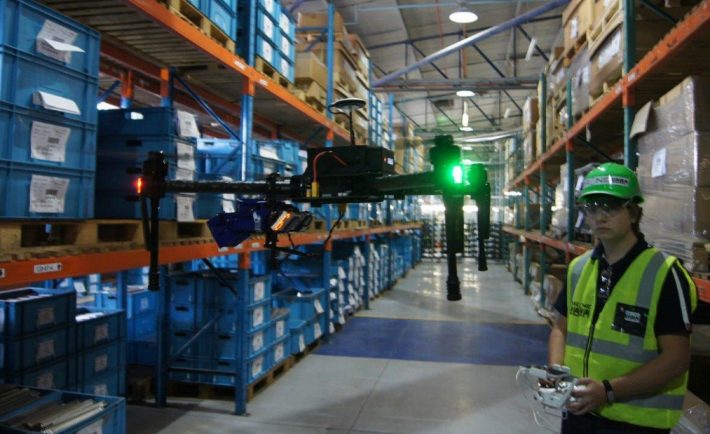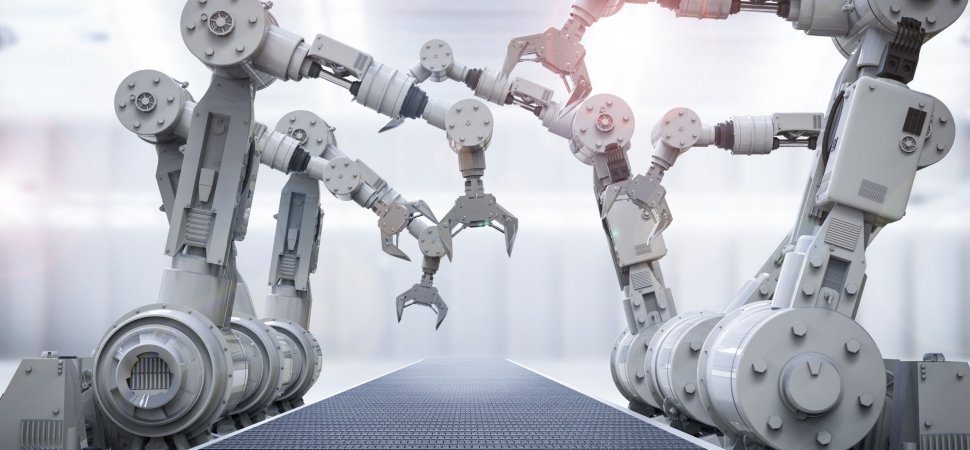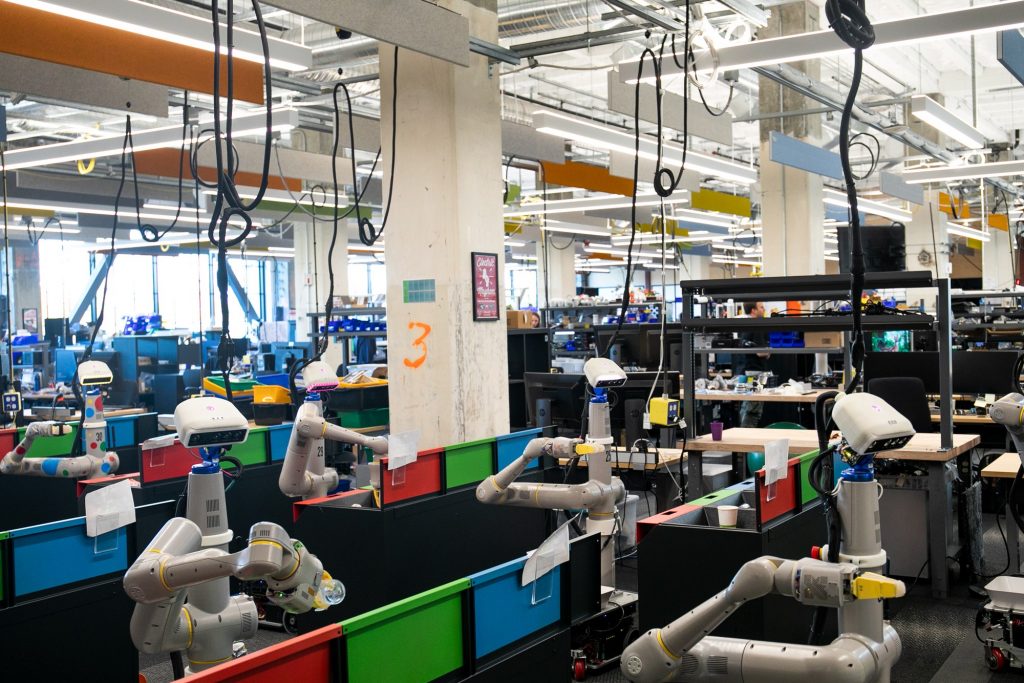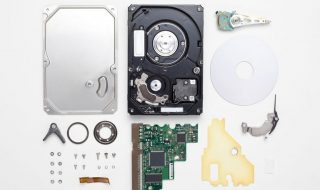
Robotic technology has evolved rapidly over the years. What with the introduction of collaborative robots (cobots) that work side by side with humans? These are much smaller and less intimidating than the gigantic one-armed behemoths found on assembly lines.
Nevertheless, the industrial robot has remained unfazed. The giant still dominates many industrial assembly lines and will continue to do so for years to come. Since the debut of robots way back in the early 60s, robots continue to transform the world of manufacturing.
Conventional industrial robots have been in the market for over 50 years. Collaborative robots have successfully announced their presence and made inroads in the last 10 plus years. Cobots will continue to grow and in various industries.

However, the industrial robot is as needed today as it was when it made its debut. Industrial robot manufacturers have a large client base to satisfy. Industries ranging from automotive to electronics account for a large number of major clients that require industrial robots.
Any industry that deals with high volumes of production must invest in industrial robots. Hence, as long as such industries exist, conventional industrial robots will always be in demand. The not-so-gentle giants have their permanent place in manufacturing.
Reasons Why the Market for Industrial Robots Continues to Grow

Very few workers are willing to perform mundane and hazardous tasks. As a result, manufacturers look to automation to provide much-needed solutions. Robotics has improved software, end effectors as well as force/torque to produce more advanced robots.
Also, repetitive tasks such as pick-and-place as well as polishing surfaces can be automated. Moreover, when these tasks are automated, they produce consistent results. Whereas humans are prone to error, robots are not. They are programmed to be precise.
Robot manufacturers have also made strides in features such as wear and tear compensation tools. This allows for easier programming and placement of robots on production floors for a wide range of applications.
Using robots for dangerous tasks greatly reduces injuries on the production floor. The rollover is that there are fewer hospital stays and significant reductions in compensation fees and medical bills. Also, there is reduced exposure of workers to harmful substances such as metal dust.
Ultimately, any process that can be performed manually can probably be automated. It all comes down to programming. With robotic advancement, it may eventually be possible to automate almost every industrial process.
Making Robots Available to All

Many manufacturers are unable to access the automation they need because of the prohibitive costs. However, the industry strives to make it accessible to manufacturers via consumer electronics.
A case in point is the 3-D vision technology whose cost was way out of reach for many SMEs. Xbox 360 from Microsoft helped to regulate. Manufacturers were able to afford the 3-D sensors they needed for their manufacturing processes.
In modern manufacturing companies, you will find robots where there used to be none. Collaborative robots, for instance, have made it possible for even the smallest business to acquire automation.
Robotic manufactures such as Universal Robots have helped to make automation affordable for SMEs. Cobots are found in many sectors including rubber, plastics, food, electrical, and, naturally, automotive. They have revolutionized the way business is conducted.
It is common and thrilling to find collaborative robots in a food company making pizzas and packaging baked goods. The speed and precision with which these tasks are carried out are astounding.
Cobots have enabled small businesses to compete on an equal footing with their larger counterparts. This has helped to introduce democratization in business. Even if they do not produce in large volumes, they can finally meet the same quality standards as the big companies.
Conclusion

Industrial robots will continue to play a major role in manufacturing well into the future. Robotic technology continues to evolve and introduce innovative ideas in business. With the changing times in business and technology, the demand for industrial robots can only be expected to rise.




